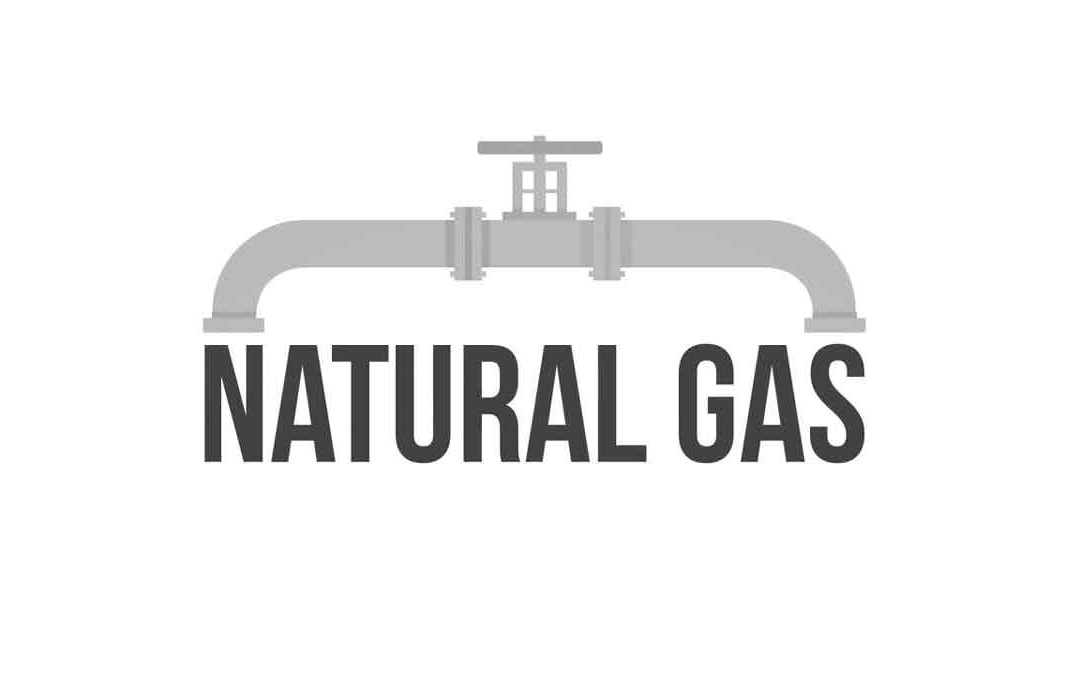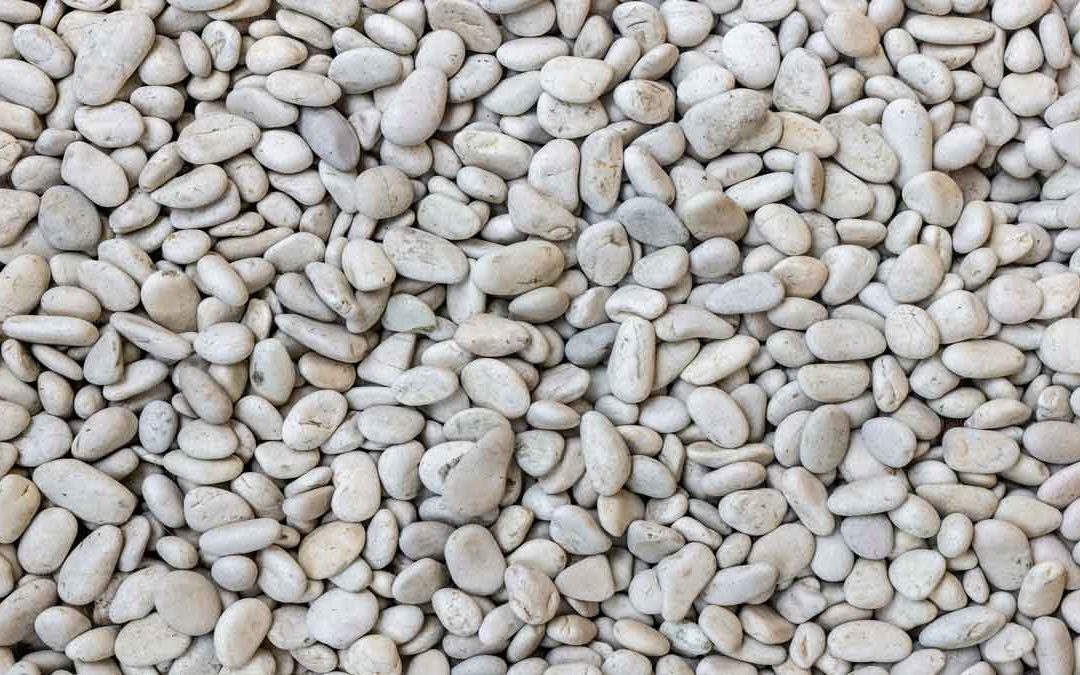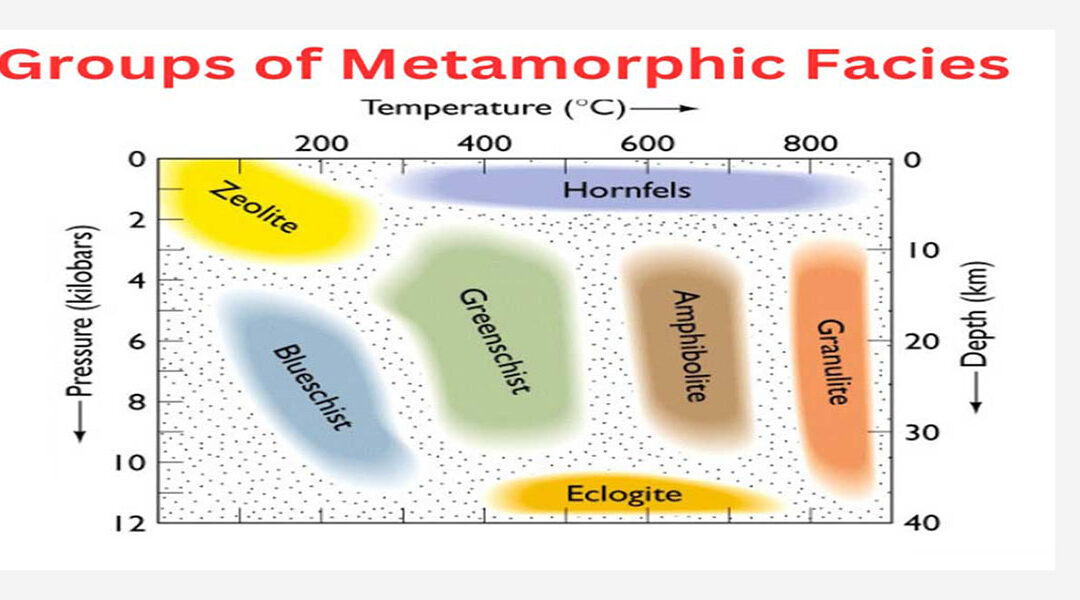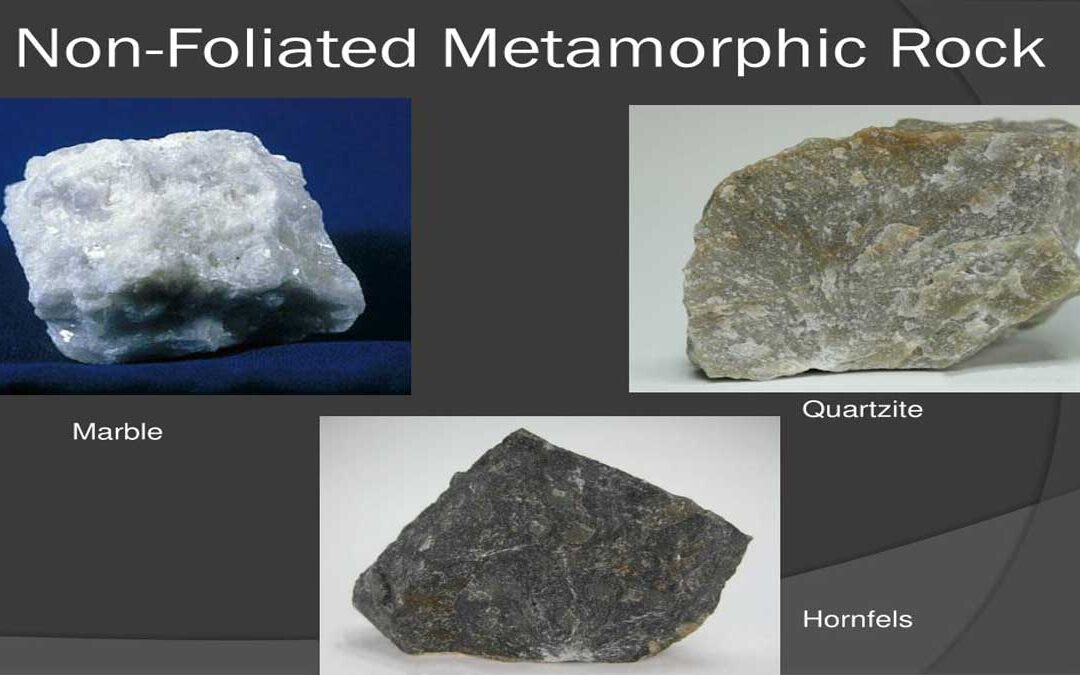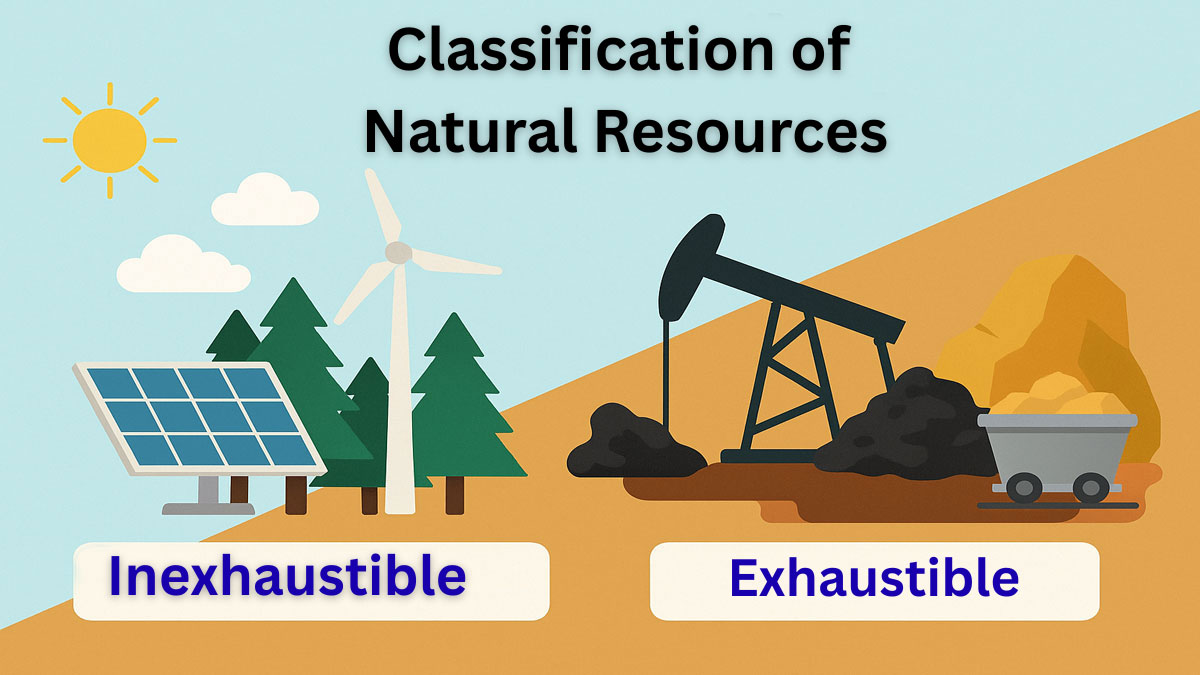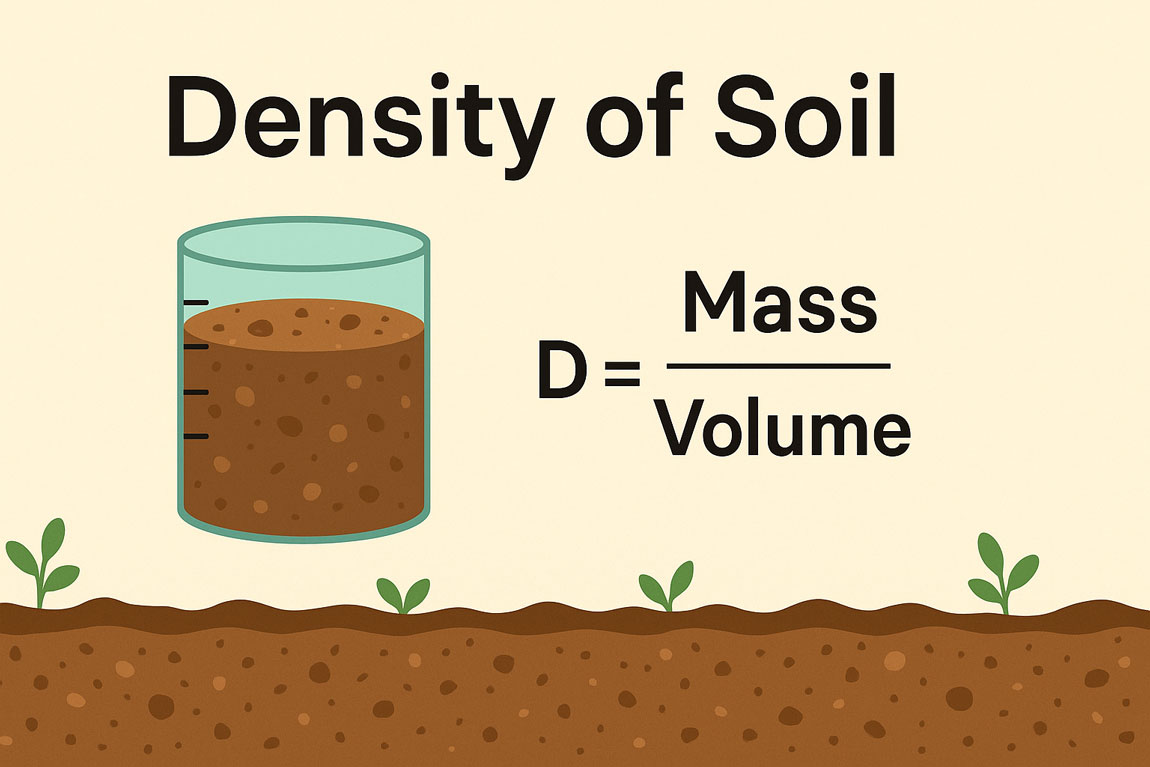
by Gelogia Team | Mar 8, 2025 | Petrology, Uncategorized
Natural Gas: Natural gas is a mixture of hydrocarbon (lower) that occurs in nature and exits in a gaseous state at ordinary pressure and temperature. It mainly contains methane (CH4 ), a small amount of ethane (C2H6), Propane (C3H8), and higher hydrocarbons like...

by Gelogia Team | Mar 7, 2025 | Petrology, Uncategorized
Petroleum is an essential fossil fuel composed of a natural mixture of hydrocarbons, including crude oil, natural gas, and asphalt. Its form can range from gas to solid, influenced by the complexity of its carbon structure. This resource is crucial for energy...

by Gelogia Team | Mar 3, 2025 | Uncategorized
Gravel: Gravel is an unconsolidated accumulation of rounded fragments greater than 2 mm in diameter. Wentworth (1922) classified gravel into four types on the basis of size (diameter in mm) (a)...

by Gelogia Team | Feb 11, 2025 | Physical Geology & Geomorphology, Uncategorized
Deposition definition refers to the process where transported sediments settle due to changes in fluid flow. Hjulstorm’s diagram illustrates its control by velocity and turbulence. Coarser particles settle near the source, while finer ones travel farther,...

by Gelogia Team | Feb 8, 2025 | Structural Geology, Uncategorized
What are Metamorphic Facies? A metamorphic facies consists of metamorphic mineral assemblages that repeatedly develop in rocks with various bulk chemical compositions across different locations and times, reflecting specific metamorphic conditions. If a rock forms...

by Gelogia | Jan 29, 2025 | Mineralogy, Uncategorized
Non-foliated rocks are metamorphic rocks without a layered structure, forming under uniform pressure or due to mineral composition. Common types include marble, quartzite, hornfels, granofels, and amphibolite, each with unique textures and properties. What are...
